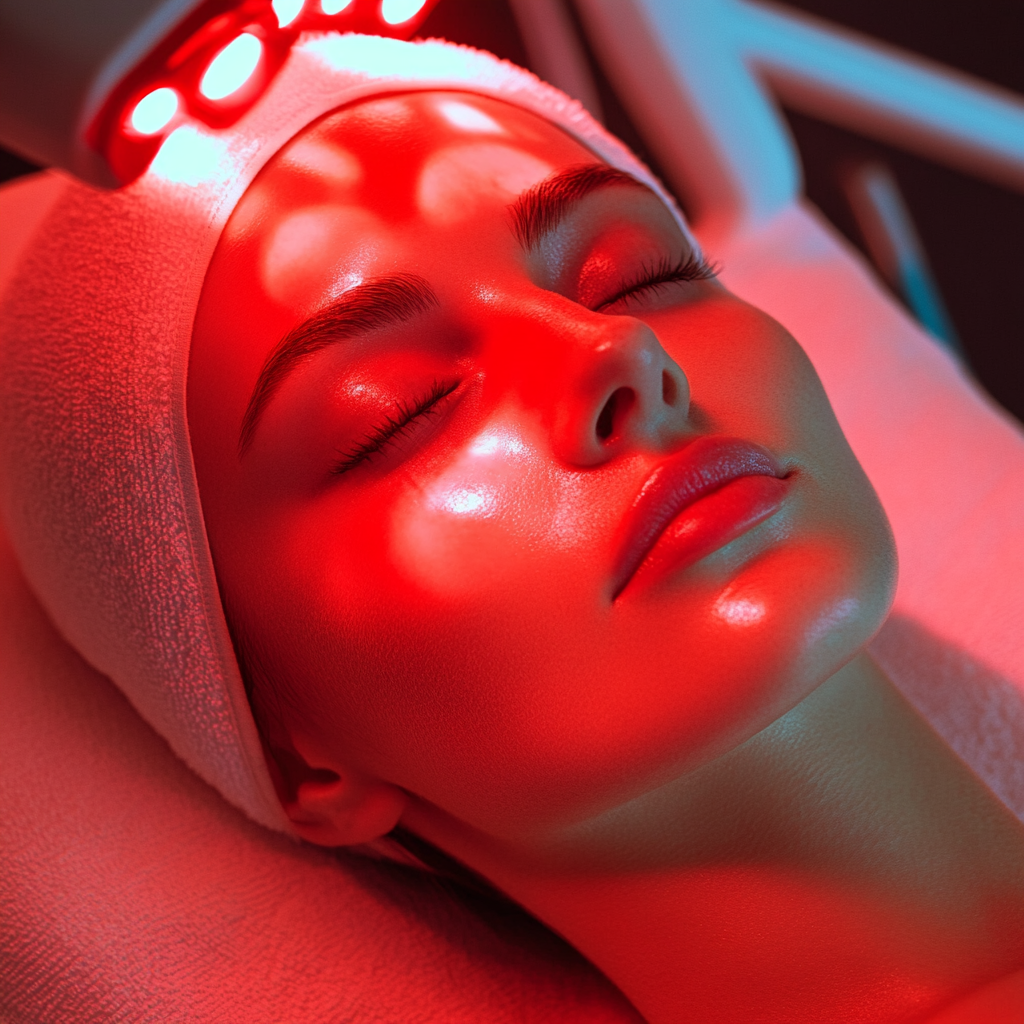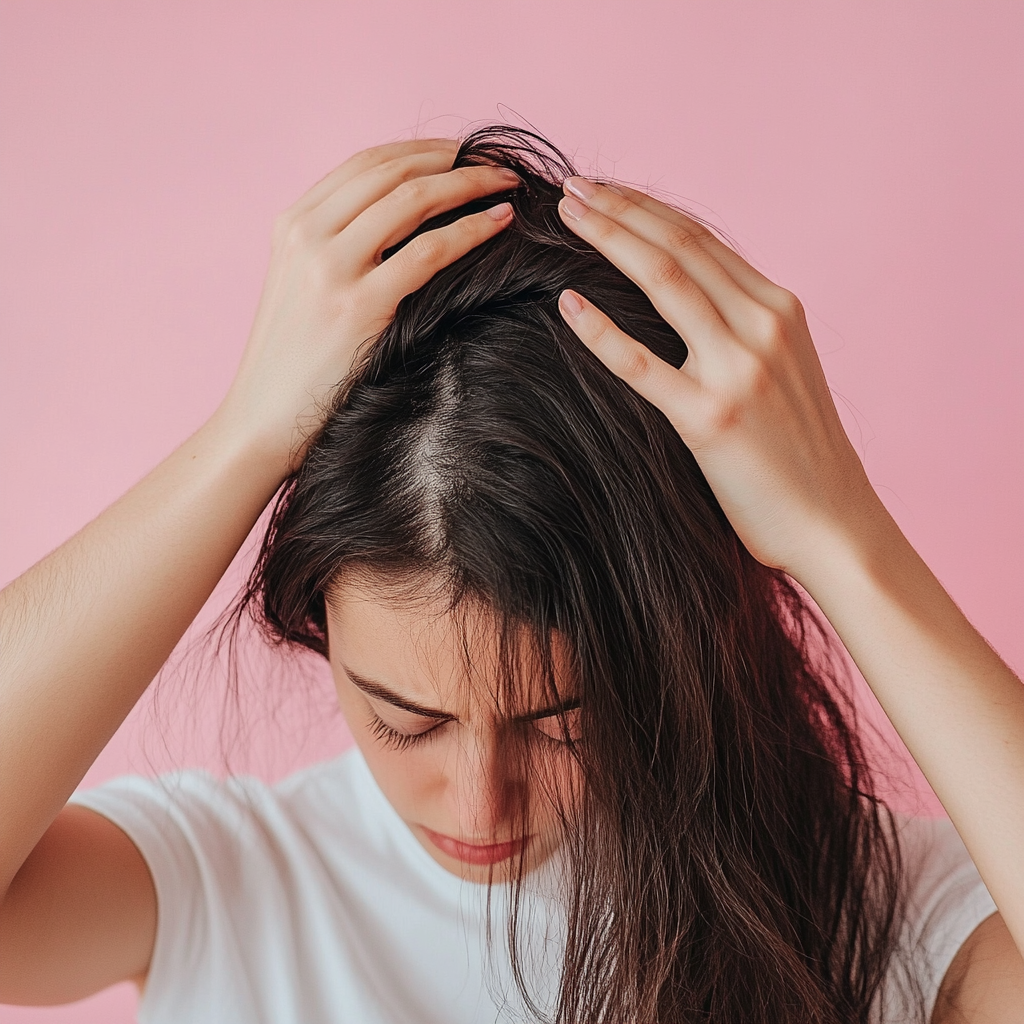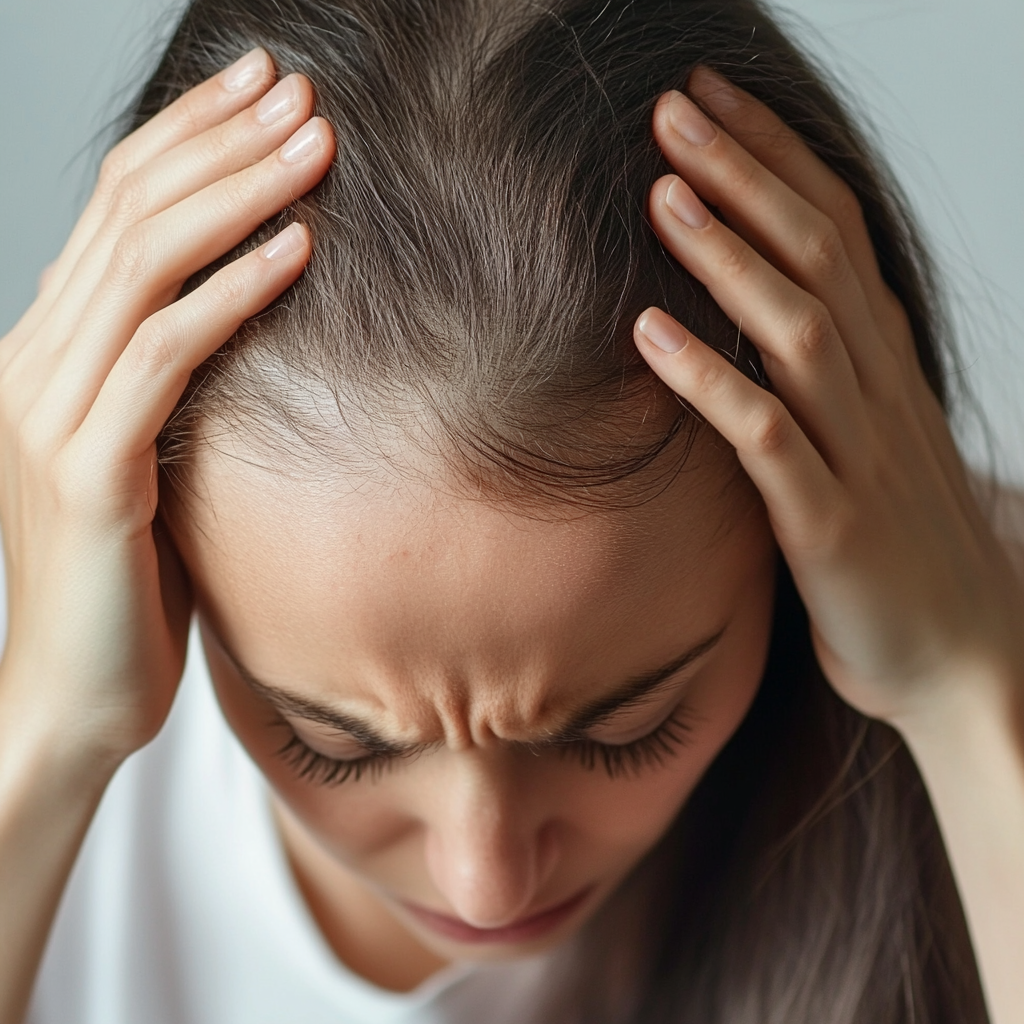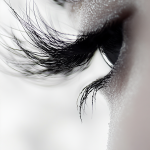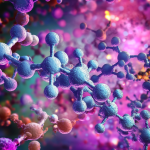Now Reading: DHT Blockers: Do They Really Work for Hair Loss Prevention?
-
01
DHT Blockers: Do They Really Work for Hair Loss Prevention?
DHT Blockers: Do They Really Work for Hair Loss Prevention?
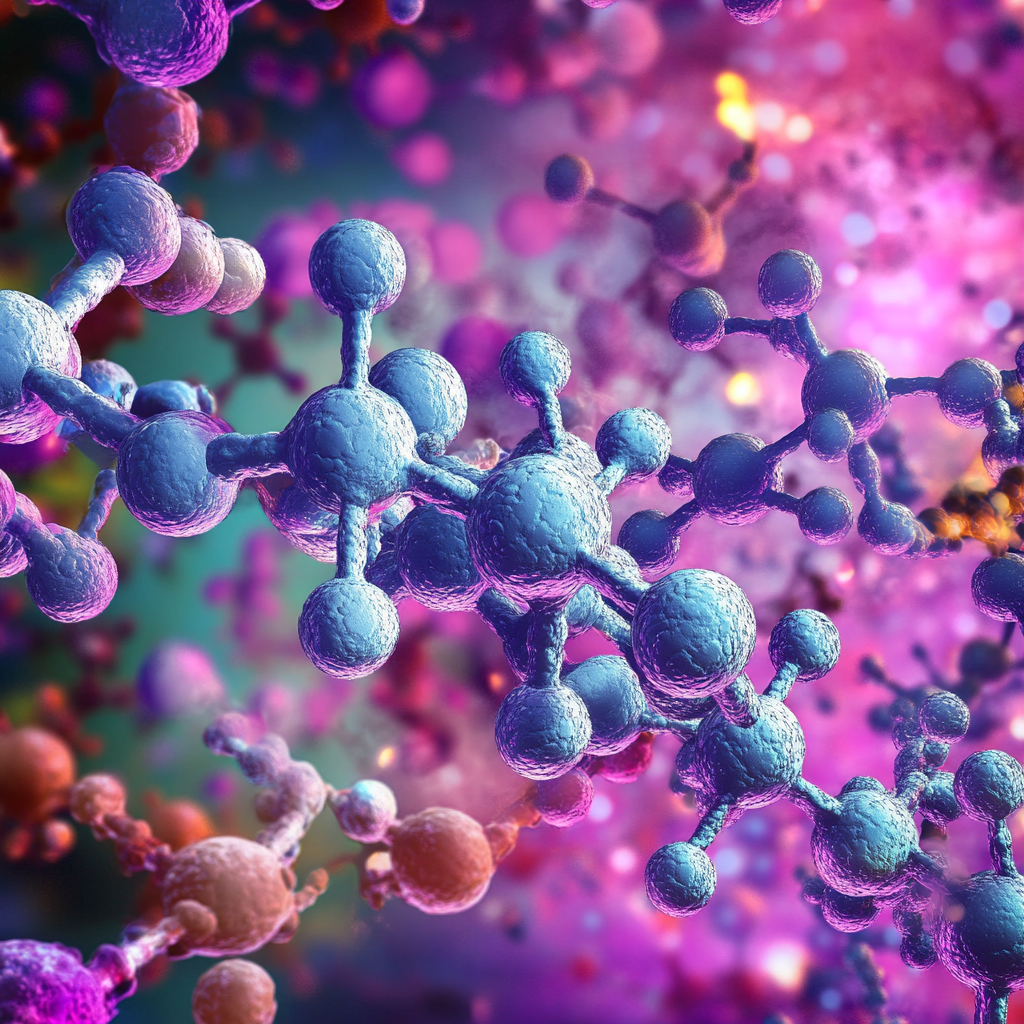
Introduction
Dihydrotestosterone (DHT) is one of the primary culprits behind androgenetic alopecia (pattern hair loss). This powerful androgen shrinks hair follicles over time, leading to thinner strands, reduced regrowth, and eventual baldness. But do DHT blockers actually work to prevent or reverse this process? In this article, we analyze the science behind DHT blockers, their effectiveness, and the best options available.
What Is DHT & How Does It Cause Hair Loss?
DHT is a byproduct of testosterone conversion, facilitated by the enzyme 5-alpha reductase. While DHT plays a role in puberty, muscle development, and sexual function, excessive levels in the scalp attack hair follicles, shortening the growth cycle and leading to hair thinning.
✅ Key facts about DHT & hair loss:
- DHT binds to androgen receptors in hair follicles, causing miniaturization.
- Higher DHT sensitivity leads to faster hair loss progression.
- Men & women with pattern baldness have increased DHT activity in the scalp.
Do DHT Blockers Actually Work?
DHT blockers function by inhibiting 5-alpha reductase or preventing DHT from binding to hair follicles. But how effective are they? Let’s break down the evidence.
1. FDA-Approved DHT Blockers
🔹 Finasteride (Propecia) – A prescription oral medication that inhibits Type II 5-alpha reductase, reducing DHT levels by 70%. 🔹 Dutasteride (Avodart) – A more potent option that blocks both Type I & II enzymes, reducing DHT by 90%+. ✅ Clinical Evidence:
- Finasteride slows hair loss in 83% of users & regrows hair in 66%.
- Dutasteride is 1.5x more effective than finasteride but has a higher side effect risk.
- Spironolactone is effective at blocking DHT in women, it can also be provided as a topical solution
2. Natural DHT Blockers
🔹 Saw Palmetto – A plant extract that inhibits 5-alpha reductase, reducing DHT. 🔹 Pumpkin Seed Oil – Shown to increase hair count by 40% in studies. 🔹 EGCG (Green Tea Extract) – Contains catechins that may suppress DHT. 🔹 Beta-Sitosterol – Found in plant oils, supports DHT regulation. ✅ Clinical Evidence:
- Saw palmetto improved hair density in 38% of users.
- Pumpkin seed oil users saw significant regrowth over 6 months.
3. Topical DHT Blockers
🔹 Minoxidil + DHT Blockers – Minoxidil boosts blood flow while blocking DHT at the follicle level. 🔹 Topical Finasteride – Reduces DHT in the scalp while minimizing systemic effects. ✅ Clinical Evidence:
- Topical finasteride lowered scalp DHT by 47% without affecting blood levels.
- Minoxidil + DHT blockers outperformed minoxidil alone in clinical trials.
The Best DHT Blocker Combinations
For maximum effectiveness, combining multiple DHT blockers works best. Wave’s prescription formulas include:
- Minoxidil + Topical Finasteride / Spironolactone (dual-action growth stimulation & DHT reduction).
- Saw Palmetto + Pumpkin Seed Oil (natural DHT inhibitors).
- Melatonin + Biotin (supporting hair regrowth & follicle longevity).












